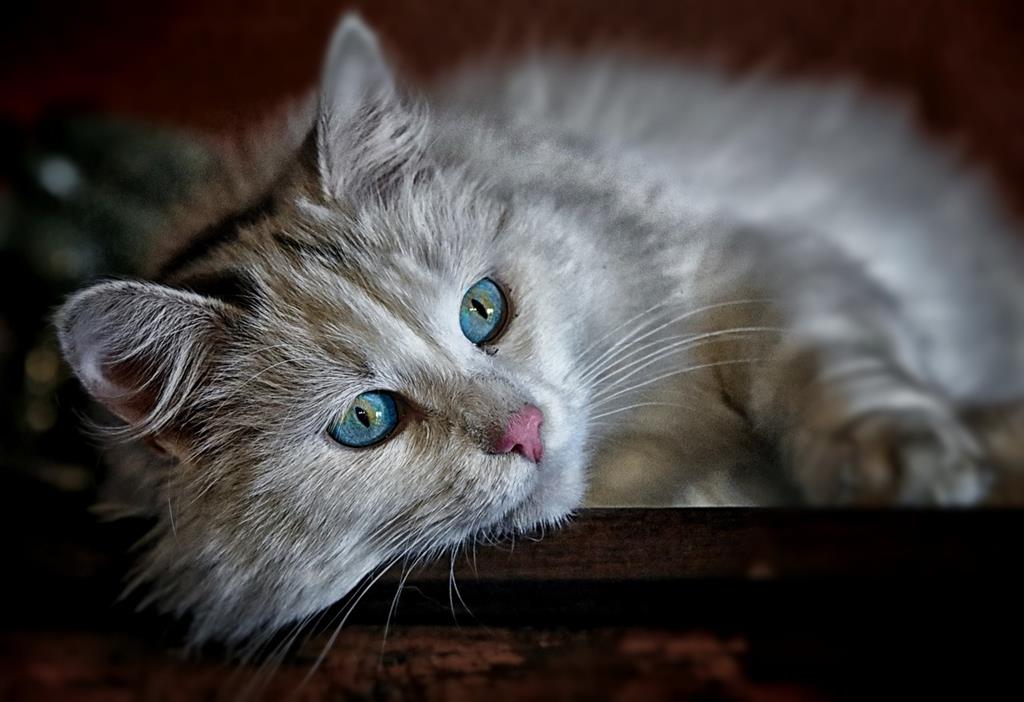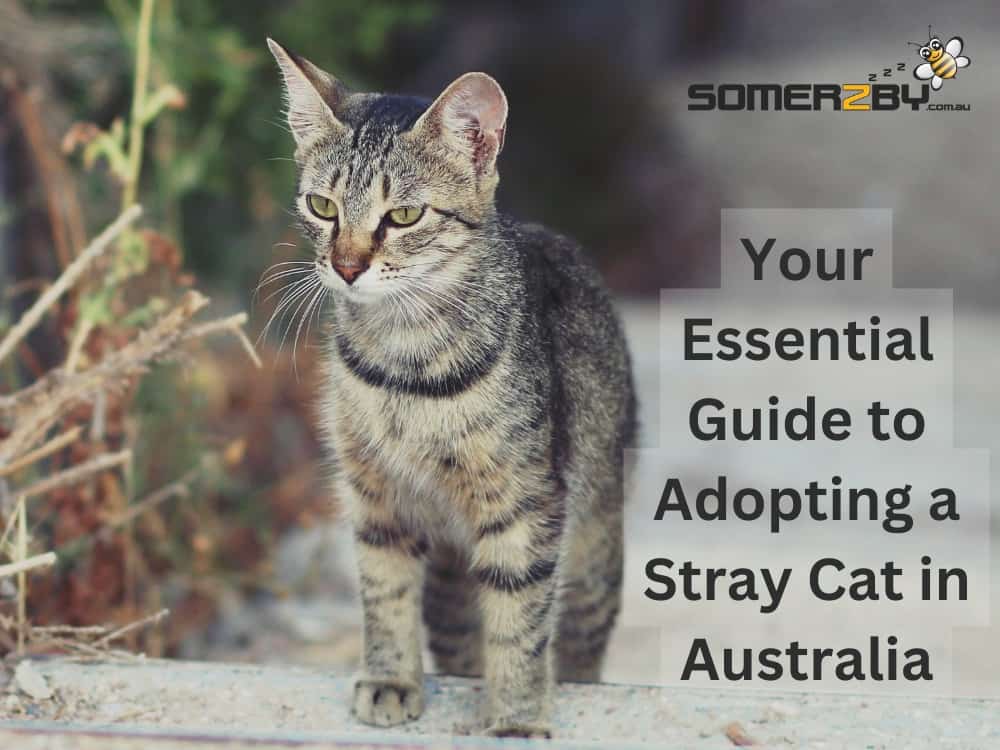If a feral cat is pregnant, seek advice from a local feline welfare organization or a veterinarian. They can provide guidance on the safest approach to support the cat.
Dealing with a pregnant feral cat requires careful consideration and humane actions. Compassion towards these animals is paramount, as they often lack the comfort and security of a domesticated home. Initiating contact with animal welfare groups is a strategic first step in ensuring the well-being of the pregnant feral cat and her future kittens.
These experts will advise on whether to intervene with care or monitor from a distance, keeping the feline’s stress levels minimal. Early intervention can lead to a better health outcome for the mother and her litter, as experts may suggest a managed Trap-Neuter-Return (TNR) program post-birth to prevent further overpopulation. This responsible approach balances the cat’s health, potential wellbeing of the kittens, and the larger goal of feral cat management.
Feral Felines: Recognizing Pregnancy
Have you noticed a feral cat lurking around and wonder if it might be expecting? Knowing the signs of pregnancy in feral cats can help you provide the support and care these soon-to-be mothers need. This guide will help you identify if a feral cat in your community is pregnant, what to look for, and how her behavior might change.
Physical Signs Of A Pregnant Feral Cat
Recognizing a pregnant feral cat starts with observing her physical condition. Look out for these signs:
- Swollen belly: The cat’s abdomen will become rounded and distended as the kittens grow.
- Enlarged nipples: The cat’s nipples may become more prominent, pinker, and larger, a condition known as “pinking up.”
- Weight gain: Expect a noticeable increase in weight as pregnancy progresses.
- More grooming: A pregnant cat will often groom herself more frequently, especially around her belly.
Behavioral Changes In Expectant Feral Felines
Behavioral changes are often subtle but telltale signs include:
- Increased appetite: Like humans, a pregnant cat needs more food to nourish her growing kittens.
- Seeking shelter: The cat might start looking for a safe place to give birth and raise her litter.
- Less activity: A pregnant feral cat may reduce her usual activities and prefer resting in quiet places.
- Mood swings: She may display fluctuations in behavior, from affectionate to irritable.

Credit: www.atlantafilmfestival.com
Approaching The Wild: Gaining Trust Safely
Discovering a pregnant feral cat can ignite a need to help. But safety and trust are top priorities. Before leaping into action, understanding the gentle art of gaining a feral cat’s trust is essential. Acting with care not only protects you and the cat, but lays the groundwork for a safer environment for her and her future kittens.
Techniques For Non-threatening Interaction
Patience is key when interacting with a feral cat. Quick movements or direct eye contact can be intimidating. Practice these steps for a smooth approach:
- Keep a low profile, sitting or crouching down to seem less threatening.
- Use a soft voice, or better yet, speak through your actions.
- Avoid eye contact initially to prevent scaring the cat.
Feeding Rituals To Build A Bond
Consistent feeding establishes a routine and builds trust. Follow these tips to create a bond through mealtime:
- Set regular feeding times so she knows when to expect you.
- Place food at the same spot daily to create a safe and familiar locale.
- Gradually move closer over time as the cat begins to associate you with food.
Shelter Solutions For Outdoor Expectant Cats
Discovering that a feral cat is pregnant can bring an urgent need for shelter solutions. Crafting a safe environment for these outdoor expectant cats ensures they have a secure place to give birth and nurture their kittens.
Designing A Safe Outdoor Haven
A cozy and secure shelter is crucial for a pregnant feral cat. Start by selecting a quiet and elevated area away from foot traffic. Use sturdy materials like wood or thick plastic to construct the haven. The design should include an entrance just big enough for the cat to enter to prevent larger animals from invading.
Make sure the interior of the refuge is lined with soft, warm bedding. Straw, not hay, is best as it doesn’t hold moisture. The bedding should be changed regularly to maintain a clean environment.
- Weatherproof the shelter against rain and wind.
- Place shelters in a sheltered area to avoid direct sunlight.
- Use non-toxic materials to ensure the safety of the expectant mother and her kittens.
Adapting Your Garage Or Shed For Feline Maternity
Transforming your garage or shed can save a pregnant feral cat’s life. Clear a space away from chemicals and sharp tools. Ensure it is free from any substances that may be harmful to cats.
Secure any loose or valuable items that could be damaged or cause harm. Outfit the area with a comfortable nesting box lined with blankets or towels. Keep food and water near the nesting site but not too close to maintain cleanliness.
| Checklist for Garage or Shed Adaptation | Details |
|---|---|
| Secure space | Remove hazardous items and block off unsafe nooks. |
| Nesting box | Easy to access and nestled in a quiet corner. |
| Warmth | Install a safe heat source if needed, away from bedding. |
| Sanitation | Easy cleaning access for regular maintenance. |
Monitor the space regularly, minimizing human interaction to avoid stressing the mother.
Healthcare Basics For Feral Felines
Discovering a pregnant feral cat can spring a mix of feelings. Concern for the soon-to-be mother and her kittens tops the list. Proper healthcare is crucial for these feral felines. Immediate care ensures a safer birth and a healthy life ahead for both the mother and her offspring.
Dealing With Parasites
Parasites pose a major threat to pregnant feral cats. They can affect her health and the health of the kittens. Immediate action is necessary.
- Flea treatments: Safe for pregnant cats, they prevent skin infections and anemia.
- Deworming: This rids her body of harmful worms. Consult a vet for the right product.
Choose treatments that are safe for pregnant and nursing cats. Always opt for vet-approved products.
Vaccination Options For Spaying After Delivery
Once the kittens are born and weaned, consider vaccination and spaying. Vaccines protect the cat family from deadly diseases.
- Rabies: A must for all cats, feral or not.
- Feline distemper: Keeps the cat family healthy.
- Spaying: Prevents future litters, eases the burden on the community.
Connect with local organizations for Trap-Neuter-Return (TNR) services. They often provide vaccinations and spaying at low or no cost.
Nutrition And Diet During Feline Pregnancy
Nutrition and Diet During Feline Pregnancy:
When a feral cat is expecting kittens, a nutritious diet is crucial. Pregnant felines need more energy. Protein, vitamins, and minerals support the mother and her growing litter. Understanding what to feed a pregnant feral cat ensures her health and that of her kittens.
Key Nutrients For A Prenatal Feral Cat
A prenatal feral cat’s diet must be rich in essential nutrients. Here’s what she needs:
- Protein: Builds healthy kittens.
- Fat: Gives the mother energy.
- Calcium: For bone growth.
- Phosphorus: Works with calcium.
- Taurine: An amino acid for heart and eye health.
Supplementing Food For Nursing Mothers
Nursing mothers need extra food. Kittens drain energy. Here’s how to supplement her diet:
- Offer kitten food. It’s high in calories.
- Introduce small portions more often.
- Add wet food for hydration.
This supports her as she feeds her young.

Credit: www.amazon.com
When Kittens Arrive: Post-birth Care And Socialization
Discovering that a feral cat in your neighborhood is pregnant can be a surprising turn of events. While feral cats often thrive with limited human interaction, a pregnant feral cat might need additional help. Once the kittens arrive, it’s critical to offer appropriate post-birth care and socialization. This helps ensure the well-being of the mother and her litter and increases the kittens’ chances of being adopted into loving homes.
Creating A Safe Space For Feral Cat And Kittens
A safe space is vital for a feral cat mom and her newborns. It provides safety, warmth, and a quiet area for nursing and growth. Here’s how to create an ideal environment:
- Choose a sheltered spot away from heavy foot traffic.
- Ensure the space is dry, draft-free, and well-insulated.
- Offer clean blankets or towels for bedding.
- Include separate areas for the mother to eat and use the litter box.
Regular cleaning prevents illness and keeps the family comfortable.
Gradual Introduction To Human Touch
Introducing kittens to gentle human touch is crucial for their socialization. It prepares them for future adoptions and interactions. The process should be slow and comforting:
- Start by spending time near the kittens, letting them get used to your presence.
- Progress to softly speaking to them to familiarize them with human voices.
- Gently touch them while they are calm or sleeping.
- Move to holding them for short periods as they grow more comfortable.
Patience throughout this process helps build trust between humans and the feral cat family.
Tackling Overpopulation: The Importance Of Tnr Programs
Caring for feral felines includes addressing a critical issue: their swift population growth. TNR programs prove vital in managing these communities responsibly. Let’s explore the benefits of Trap-Neuter-Return and how it curbs overpopulation.
What Is Trap-neuter-return (tnr)?
Trap-Neuter-Return (TNR) is an effective strategy to reduce feral cat populations. The process involves three main steps:
- Trap: Safely capture the feral cats using humane traps.
- Neuter: Have a veterinarian spay or neuter the cats.
- Return: Release the cats back into their territory.
Not only does TNR prevent births, it also reduces mating behaviors, such as yowling or fighting.
Getting Involved With Local Tnr Efforts
Community involvement is a cornerstone of successful TNR initiatives.
- Research: Find a local TNR group and understand their work.
- Volunteer: Offer your time to help with trapping or care.
- Educate: Share TNR information to garner more support.
Joining these efforts can make a real difference in the lives of feral cats and the well-being of the community.

Credit: www.roundwoodvets.co.uk
Frequently Asked Questions Of What To Do If Feral Cat Is Pregnant
How Can I Tell When A Feral Cat Is Ready To Give Birth?
A feral cat ready to give birth often appears restless, seeks seclusion, and has a swollen abdomen and enlarged nipples. Watch for nesting behavior and listen for vocalizations, as these are strong indicators that labor is imminent.
How Long Are Feral Cats Pregnant?
Feral cats are pregnant for about 63 to 67 days, or roughly 9 weeks.
What To Do When A Wild Cat Gives Birth?
Keep a safe distance to avoid stressing the wild cat. Provide a sheltered area if possible. Offer food and water nearby, but don’t force interaction. Contact local wildlife authorities for guidance. Monitor from afar to ensure mother and kittens are healthy.
What Do I Do If My Cat Is Pregnant And I Don’t Know What To Do?
Consult a vet for prenatal care. Prepare a safe, warm birthing space. Ensure a nutritious diet for your cat. Monitor her closely as delivery approaches. Offer post-birth veterinary support for her and the kittens.
Conclusion
Caring for a pregnant feral cat requires compassion and action. Remember to provide a safe space, enlist a vet’s help, and consider the long-term plan for mother and kittens. By taking these steps, you’ll not only aid a vulnerable feline family but also contribute to responsible community cat management.
Empathy paired with knowledge can make all the difference.


